10 Essential Concepts for Digital Assets Beginners
Note: This post may contain affiliate links, and we may earn a commission (with No additional cost for you) if you make a purchase via our link. See our disclosure for more info. The crypto world is constantly changing. This content is for informational purposes only and not financial, legal, or professional advice So, please verify the info on the cryptocurrency provider’s websites.
Click below and listen to the podcast on this page.
Picture yourself standing at the edge of a vast digital frontier, teeming with potential and mystery. As a beginner in digital assets, you're starting an exciting journey. It will reshape your views on finance and technology. The landscape can seem intimidating at first. Unfamiliar terms and complex concepts swirl around you. But don't worry – by grasping ten essential concepts, you'll be well-equipped to navigate this new terrain. These ideas will be your compass. They will guide you through the complexities of blockchain, cryptocurrencies, and decentralized finance. Are you ready to reveal the secrets of this digital revolution?
Key Takeaways
- Blockchain technology forms the foundation of digital assets, providing security and efficiency through decentralized networks.
- Cryptocurrency wallets are essential for storing and managing digital assets, with various types offering different levels of security.
- Decentralization eliminates intermediaries, enabling peer-to-peer transactions and promoting financial inclusion.
- Smart contracts automate transactions based on predefined conditions, powering decentralized applications (DApps) across various industries.
- Cryptography underpins blockchain security, using public and private keys to ensure secure transactions and asset management.
Blockchain Technology Fundamentals
At the heart of digital assets lies blockchain technology, a revolutionary concept that's reshaping how we think about data storage and transfer. This decentralized digital ledger system records transactions across multiple computers, guaranteeing transparency and immutability.
Here's what you need to know:
- Structure: Blockchain consists of blocks containing transaction data, timestamps, and cryptographic links to previous blocks.
- Security: Thousands of network nodes validate transactions, greatly reducing fraud risks.
- Consensus: Mechanisms like Proof of Work and Proof of Stake guarantee agreement among participants without central authority.
- Efficiency: By eliminating intermediaries, blockchain enables faster and cheaper value transfers.
Understanding blockchain is essential for grasping digital currency concepts. This technology underpins cryptocurrencies, providing a secure foundation for transactions. When you send or receive digital assets, you're utilizing blockchain's decentralized nature to guarantee the integrity of your transfer.
Blockchain's impact extends beyond finance. Its ability to create tamper-proof records has applications in supply chain management, voting systems, and identity verification.
As you explore deeper into digital assets, you'll find that blockchain technology's fundamental principles of security, transparency, and decentralization are key to revolutionizing various industries.
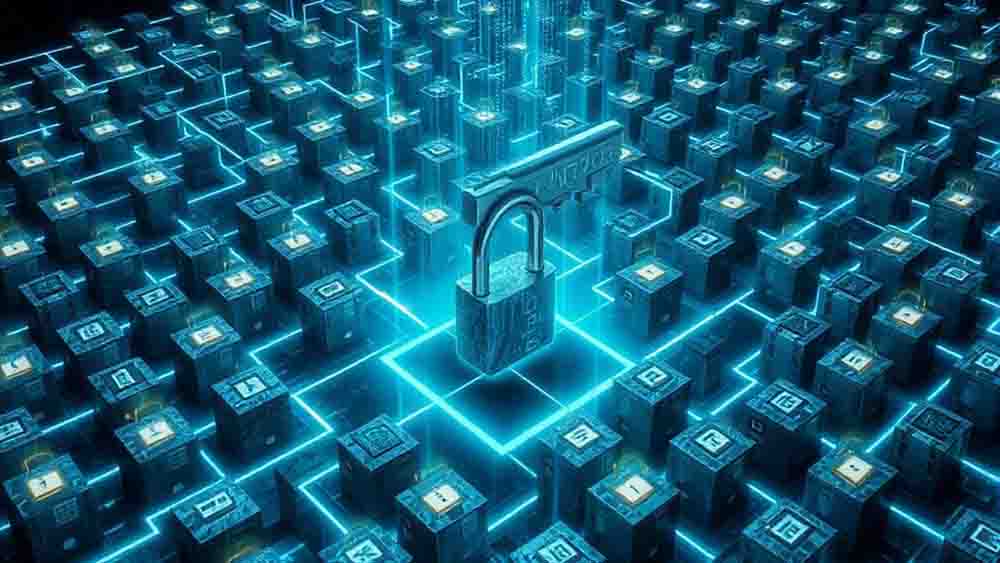
Cryptocurrency Wallets and Security
Delving into the domain of cryptocurrency wallets and security, you'll find that protecting your digital assets is essential.
Cryptocurrency wallets come in two main types: software wallets for convenient access and hardware wallets for enhanced security. Understanding these options is important for safeguarding your investments.
Key Security Measures:
- Hot vs. Cold Storage: Hot wallets, connected to the internet, offer convenience for frequent transactions. Cold wallets, offline storage devices, provide better protection against online threats.
- Private Key Management: Your private keys are critical for accessing and managing your cryptocurrencies. Keep them confidential to prevent unauthorized access and potential loss of funds.
- Multi-Signature Wallets: These wallets require multiple private keys for transactions, adding an extra layer of security and reducing the risk of unauthorized access.
- Regular Backups: Consistently backing up your wallet information is important. This practice guarantees you can recover your assets in case of device failure or other unforeseen circumstances.
Decentralization in Digital Assets
In the world of digital assets, you'll encounter a revolutionary concept called decentralization, which fundamentally changes how transactions and asset management work.
This distributed network architecture eliminates the need for central authorities, allowing you to engage in peer-to-peer transactions directly with other users.
Decentralized Finance (DeFi) takes this principle further, offering you financial services like lending and borrowing without traditional intermediaries, potentially reducing costs and increasing accessibility.
Distributed Network Architecture
Understanding distributed network architecture is essential to grasping the power of decentralization in digital assets. This innovative approach to structuring systems eliminates the need for central authorities, enhancing security and reducing single points of failure. In a distributed network, multiple nodes validate transactions, ensuring transparency and trust. This is particularly evident in blockchain technology, where each block is verified by consensus among participants.
| Feature | Centralized | Distributed |
|---|---|---|
| Control | Single entity | Multiple nodes |
| Security | Vulnerable | Enhanced |
| Speed | Variable | Faster |
Distributed networks offer several advantages for digital assets:
- Peer-to-peer transactions: Cryptocurrencies like Bitcoin enable direct transfers without intermediaries, resulting in faster and cheaper transactions.
- Censorship resistance: No single entity can manipulate data or dictate transaction terms without network consensus.
- Innovation: Open access to financial services allows anyone with internet connectivity to participate in the digital economy.

Peer-to-Peer Transactions
Peer-to-peer transactions form the bedrock of decentralization in digital assets. These transactions allow you to send and receive digital assets directly with other users, bypassing intermediaries like banks or payment processors. This system enhances transaction speed and reduces fees, making it an attractive option for those seeking efficient asset transfers.
Key benefits of peer-to-peer transactions:
- Enhanced security and trust through decentralization
- Transparent and immutable transaction history
- Increased financial inclusion for underbanked populations
Blockchain technology facilitates these transactions by recording them on a public ledger. This guarantees transparency and prevents tampering with transaction records. The rise of decentralized exchanges (DEXs) has further empowered users by enabling direct trading from personal wallets, eliminating the need for centralized platforms.
P2P transactions are particularly beneficial for individuals in regions with limited access to traditional financial services. By providing access to cryptocurrencies and other digital assets, this system promotes financial inclusion and participation in the digital economy.
As you explore the world of digital assets, understanding peer-to-peer transactions is essential. They represent a fundamental shift in how we transfer value, offering increased control, efficiency, and accessibility in the rapidly evolving digital financial landscape.
Decentralized Finance (DeFi)
Decentralized Finance, or DeFi, represents a revolutionary shift in the digital asset landscape. This innovative ecosystem operates on blockchain technology, eliminating the need for traditional financial intermediaries.
With DeFi, you can lend, borrow, trade, and earn interest on your existing digital assets directly with other users.
Key features of DeFi:
- Operates without banks or centralized authorities
- Utilizes smart contracts for automated transactions
- Promotes financial inclusion for the unbanked
DeFi's explosive growth is evident in its total value locked (TVL), exceeding $80 billion in late 2023. This indicates significant user adoption and investment in DeFi platforms.
To participate in DeFi, you don't need a traditional bank account. Anyone with an internet connection can access these services, making it easier to manage digital assets and potentially make money through various DeFi activities.
However, it's essential to understand the risks associated with DeFi:
- Smart contract vulnerabilities
- Market volatility
- Regulatory uncertainties
While DeFi offers exciting opportunities for managing digital assets, it's important to approach it with caution and conduct thorough research before participating in any DeFi activities.
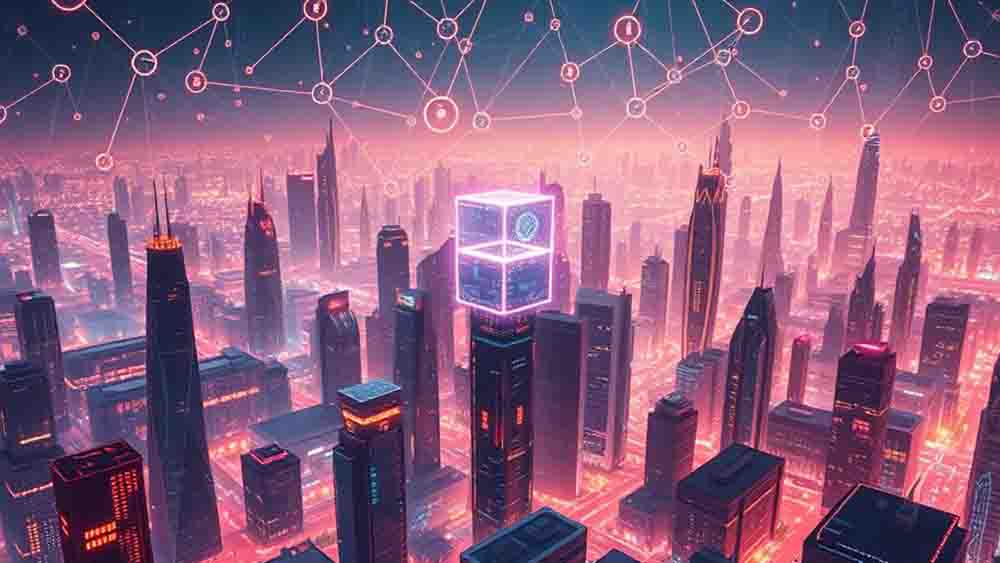
Mining and Transaction Validation
To understand mining and transaction validation in digital assets, you'll need to grasp two key concepts.
First, mining involves powerful computers solving complex mathematical problems to add new blocks to the blockchain, with successful miners receiving cryptocurrency rewards.
Second, transaction validation guarantees that only legitimate transactions are added to the blockchain, maintaining the network's integrity and security while preventing fraud or double-spending.
Mining Process Explained
Delving into the heart of cryptocurrency networks, mining stands as the essential process that validates and adds transactions to the blockchain. As a digital asset management (DAM) strategy, mining guarantees the secure storage of valuable content and existing assets within the blockchain ecosystem.
Here's how the mining process works:
- Miners use powerful computers to solve complex mathematical problems.
- The first miner to find the correct solution validates the block and receives rewards.
- Rewards include newly created cryptocurrency coins and transaction fees.
- Mining difficulty adjusts periodically to maintain consistent block creation.
This process serves multiple purposes:
- Network security: Mining secures the network by making it computationally expensive to alter the blockchain.
- Transaction validation: Miners verify and confirm transactions, preventing double-spending.
- New coin issuance: Mining introduces new coins into circulation, following a predetermined schedule.
However, the energy-intensive nature of mining, particularly in proof-of-work systems like Bitcoin, has raised environmental concerns.
As a result, the industry is exploring more sustainable alternatives, such as proof-of-stake mechanisms, to address these issues while maintaining the integrity and security of digital asset networks.
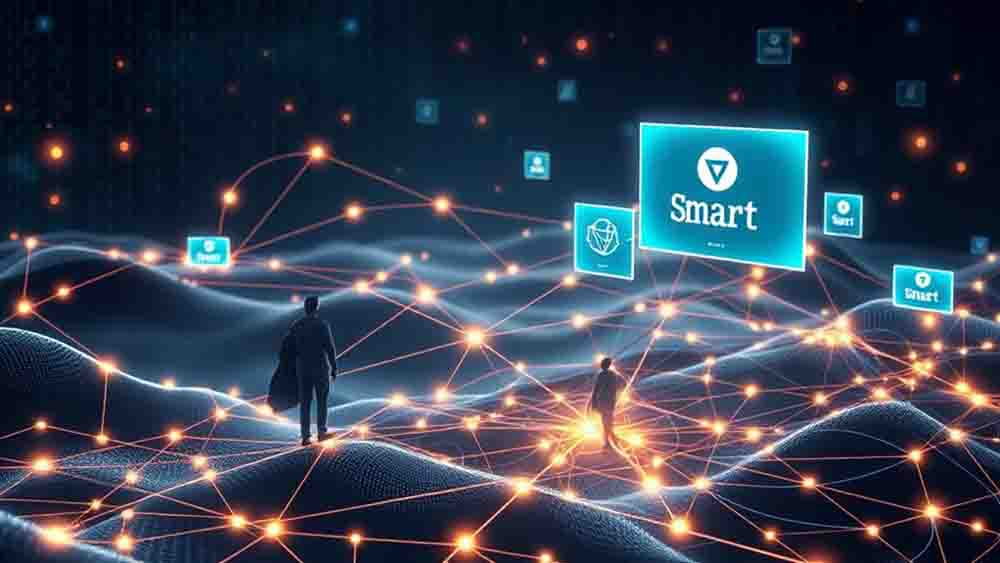
Validating Blockchain Transactions
Blockchain's backbone rests on the process of validating transactions. This essential step guarantees the integrity and security of digital assets, much like how digital asset management (DAM) systems streamline workflow and access assets.
Miners play a significant role in this process, using substantial computational power to solve complex mathematical problems and validate transactions. When miners successfully validate a set of transactions, they create a new block containing these verified transactions. This block is then added to the blockchain, creating a permanent and unalterable record.
To incentivize this work, miners receive rewards in the form of cryptocurrency. The validation process relies on consensus mechanisms such as:
- Proof of Work (PoW)
- Proof of Stake (PoS)
These mechanisms guarantee all network participants agree on the validity of transactions before they're added to the blockchain. This decentralized approach enhances security, making it nearly impossible to tamper with the ledger.
Understanding blockchain transaction validation is essential for effective digital asset management. It allows you to:
- Guarantee the security of your digital assets
- Make informed decisions about cryptocurrency investments
- Leverage blockchain technology for strategic tasks in your business
Smart Contracts and DApps
At the forefront of blockchain innovation, smart contracts and decentralized applications (DApps) are revolutionizing how we interact with digital systems.
Smart contracts, self-executing agreements with terms encoded directly into the blockchain, automate transactions when predefined conditions are met. This automation eliminates the need for intermediaries, greatly reducing costs and execution times.
DApps leverage smart contracts to provide services without centralized control, promoting user autonomy and data ownership. In the area of Decentralized Finance (DeFi), smart contracts enable lending, borrowing, and trading without traditional banks, all built on blockchain technology.
Key benefits of smart contracts and DApps:
- Transparency and immutability
- Reduced transaction costs
- Faster execution times
- Enhanced trust among users
Smart contracts operate on blockchain networks, ensuring that once deployed, they can't be altered or deleted. This immutability fosters trust and reliability in various sectors, from finance to supply chain management.
As you explore the world of digital assets, understanding smart contracts and DApps is essential.
These technologies are reshaping industries by offering more efficient, transparent, and user-centric solutions. Embrace the potential of these innovations to stay ahead in the rapidly evolving digital landscape.
Tokenization of Assets
In recent years, tokenization has emerged as a groundbreaking concept in the digital asset space. The tokenization of assets involves converting ownership rights of real-world items into digital tokens on a blockchain. This process revolutionizes how we view and manage assets, offering numerous benefits for investors and asset owners alike.
Key advantages of asset tokenization include:
- Enhanced liquidity
- Fractional ownership opportunities
- Reduced transaction costs
- Increased market accessibility
By leveraging blockchain technology, tokenization allows for easier transfer and management of assets. This innovation has far-reaching implications for various sectors, including real estate, art, and commodities.
As digital asset management (DAM) systems evolve, they're incorporating advanced search capabilities to help users locate and track tokenized assets efficiently.
The ability to securely store and trade tokenized assets on various platforms without traditional intermediaries is transforming investment landscapes. Smart contracts play an essential role in this process, automating transactions and ensuring compliance with predetermined terms.
With projections indicating substantial growth in the tokenization market, reaching an estimated $16 trillion by 2030, it's clear that this technology is poised to reshape the future of asset ownership and investment.
Cryptography in Blockchain
When you're learning about blockchain technology, understanding cryptography is vital.
You'll encounter public and private keys, which form the backbone of secure transactions, allowing you to interact with the blockchain while protecting your identity and assets.
Hash functions play a significant role in maintaining the integrity of the blockchain by creating unique identifiers for blocks, while digital signatures provide a way to verify the authenticity of transactions and messages within the system.
Public and Private Keys
Imagine a digital lock and key system that secures trillions of dollars in assets. This system, fundamental to blockchain technology, relies on public and private keys to enable secure transactions and protect digital assets. Public keys serve as addresses for receiving cryptocurrencies, while private keys are confidential codes that grant access to these assets.
The relationship between public and private keys is vital for maintaining security:
- Each public key is mathematically linked to a unique private key
- Only the holder of the private key can authorize transactions from the associated public address
- Public keys can be shared freely without compromising security
- Private keys must be kept secret to prevent unauthorized access
These cryptographic keys are generated using complex algorithms, often involving elliptic curve cryptography, which enhances transaction security.
The use of public and private keys in blockchain technology provides a decentralized method to verify ownership and facilitate secure transactions without intermediaries.
It's essential to understand that losing your private key means losing access to your digital assets. As a result, proper storage and management of private keys are critical for maintaining control over your cryptocurrencies.
This system forms the backbone of secure, transparent, and efficient digital asset management in the blockchain ecosystem.
Hash Functions Explained
While public and private keys secure access to digital assets, hash functions form another cornerstone of blockchain cryptography. These cryptographic algorithms play an essential role in maintaining data integrity and security within blockchain networks. When you input data into a hash function, it generates a fixed-size string of characters, known as a digest, which uniquely represents the original information.
Key features of hash functions:
- One-way operation: Once data is hashed, it can't be reversed
- Sensitivity: Even minor input changes produce vastly different outputs
- Fixed output size: Regardless of input size, the hash remains consistent
In blockchain technology, popular hash functions include SHA-256 (used by Bitcoin) and Keccak-256 (used by Ethereum). These functions are vital for:
- Mining processes
- Transaction validation
- Linking blocks securely
Hash functions guarantee the immutability of blockchain data by creating a unique identifier for each block. This identifier is based on the block's contents and the previous block's hash, forming an unbreakable chain.
Digital Signatures Basics
Digital signatures stand as a significant component of blockchain cryptography, providing a secure method to verify the authenticity and integrity of digital transactions. These cryptographic techniques utilize a pair of keys: a private key held by the signer and a public key shared with recipients. When you sign a message, a unique hash is created and encrypted with your private key, producing the digital signature.
Digital signatures offer several key benefits:
- Authentication: Confirms the sender's identity
- Integrity verification: Guarantees the message hasn't been altered
- Non-repudiation: Prevents signers from denying their involvement
- Security: Provides protection against forgery and tampering
To verify a digital signature, recipients use the sender's public key to decrypt the signature and compare the hash with the original message. This process confirms both the sender's identity and the message's integrity.
In blockchain technology, digital signatures are indispensable for securing transactions and establishing trust among participants without a central authority. By implementing these cryptographic techniques, you can guarantee the authenticity and integrity of your digital assets, making them a significant element in the world of blockchain and cryptocurrency.
Consensus Mechanisms Explained
At the heart of every blockchain network lies an essential component: the consensus mechanism. These protocols guarantee all participants agree on the validity of transactions, maintaining the integrity of the distributed ledger. You'll encounter various types of consensus mechanisms, each with its own strengths and weaknesses.
The two most common types are Proof of Work (PoW) and Proof of Stake (PoS):
| Mechanism | Description | Key Advantage |
|---|---|---|
| PoW | Miners solve complex math problems | High security |
| PoS | Validators stake coins | Energy efficiency |
| DPoS | Stakeholders elect delegates | Faster transactions |
| BFT | Tolerates malicious actors | Robust fault tolerance |
PoW, used by Bitcoin, requires considerable computational power and electricity. In contrast, PoS is more energy-efficient, as it doesn't rely on intensive calculations. Other mechanisms, like Delegated Proof of Stake (DPoS) and Byzantine Fault Tolerance (BFT), offer different approaches to achieving consensus.
When evaluating a blockchain network, consider how its consensus mechanism impacts security, scalability, and decentralization. These factors are essential for the overall functionality and can greatly influence the network's performance and reliability.
Regulatory Landscape for Cryptocurrencies
Regulation of cryptocurrencies presents a complex and ever-evolving challenge for governments worldwide. As digital assets gain popularity, countries are grappling with how to integrate them into existing financial systems while mitigating risks. The regulatory landscape varies considerably across nations, with some embracing cryptocurrencies and others imposing strict bans or regulations.
Key aspects of cryptocurrency regulation include:
- Tax implications: In the U.S., the IRS classifies cryptocurrencies as property, requiring reporting of capital gains and losses.
- Anti-Money Laundering (AML) and Know Your Customer (KYC) compliance: Exchanges must verify user identities to prevent illicit activities.
- International guidelines: The Financial Action Task Force (FATF) provides recommendations for regulating virtual assets.
- Central Bank Digital Currencies (CBDCs): Many countries are exploring government-backed alternatives to decentralized cryptocurrencies.
As a cryptocurrency user, you'll need to navigate these regulations to guarantee compliance. Stay informed about your country's stance on digital assets, as it may impact their legality and use.
Be prepared to fulfill tax obligations and provide identity verification when using exchanges. The regulatory landscape is dynamic, so it's essential to keep abreast of changes that may affect your cryptocurrency investments and transactions.
Market Volatility and Risk Management
Cryptocurrency markets are notorious for their extreme volatility, presenting both opportunities and risks for investors. Daily price swings exceeding 20% aren't uncommon, highlighting the need for effective risk management strategies.
The overall market capitalization, which peaked at over $2 trillion in 2021, demonstrates the potential for substantial gains and losses in this sector.
To navigate this volatile landscape, consider implementing these risk management techniques:
- Diversification: Spread your investments across various cryptocurrencies to mitigate the impact of individual asset fluctuations.
- Stop-loss orders: Set automatic sell triggers at predetermined price levels to limit potential losses during market downturns.
- Portfolio rebalancing: Regularly adjust your holdings to maintain your desired risk profile.
Be prepared for significant market corrections. Historical data shows that during bear markets, cryptocurrency values can plummet by 80% or more from their all-time highs.
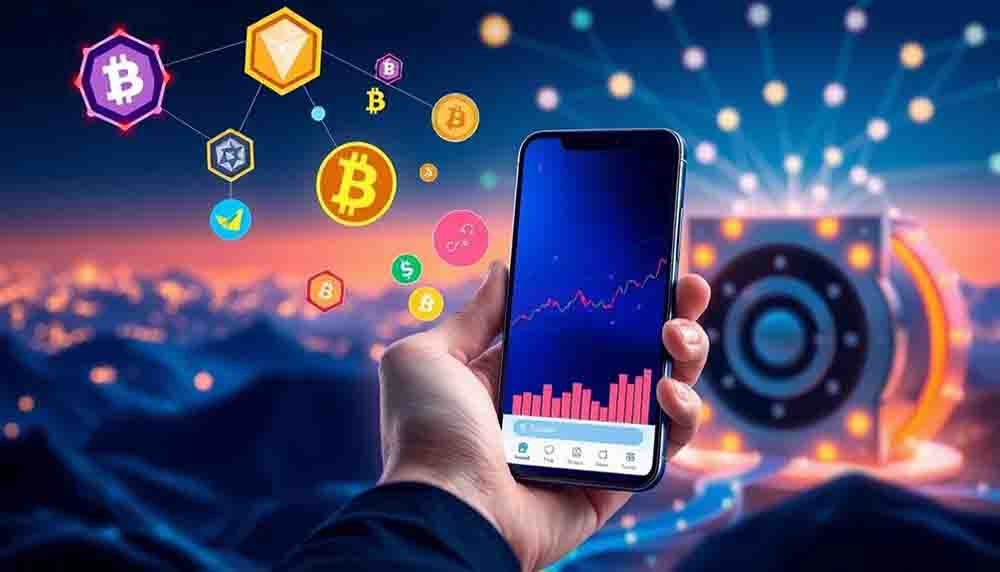
Frequently Asked Questions
What Are the Concepts of Digital Assets?
Digital assets are valuable digital content that you can own and manage. They include cryptocurrencies like Bitcoin, unique tokens called NFTs, and blockchain-secured items.
You'll find that digital assets play an important role in brand identity and online communication. To effectively handle these assets, you can use Digital Asset Management (DAM) systems.
These tools help you organize, retrieve, and optimize your digital content across various platforms. Understanding digital assets is essential for steering through today's digital economy and maximizing your online presence.
What Are the Three Main Categories of Digital Assets?
Diving into the digital asset ocean, you'll find three main islands to explore.
The first is cryptocurrencies, like Bitcoin and Ethereum, which serve as decentralized digital money.
Next, you'll encounter non-fungible tokens (NFTs), unique digital items representing ownership of specific content, such as art or virtual real estate.
How to Start Digital Assets?
To start with digital assets, you'll want to:
- Educate yourself on different types of digital assets
- Choose a secure digital wallet
- Select a reputable cryptocurrency exchange
- Begin with a small investment
- Stay informed about regulations and tax implications
Start by learning about cryptocurrencies, NFTs, and stablecoins.
Then, pick a wallet that suits your needs, like a hardware wallet for security or a software wallet for convenience.
Choose an exchange, considering factors like fees and security.
Invest a small amount initially, and keep up with market trends and legal developments.
How to Understand Digital Assets?
To understand digital assets, you'll need to plunge into an ocean of information, but don't worry—it's not as intimidating as it seems.
Start by familiarizing yourself with different types of digital assets, such as cryptocurrencies, NFTs, and utility tokens. Research their unique characteristics, value propositions, and use cases.
Learn about blockchain technology, which underpins many digital assets. Explore how these assets are created, traded, and stored.
Conclusion
As you explore deeper into the world of digital assets, you'll find these ten concepts intertwining in unexpected ways. They'll challenge your understanding, but mastering them will reveal new possibilities. The journey may seem intimidating, yet it's filled with potential rewards. Stay curious, remain vigilant, and continue learning. The digital asset landscape is ever-evolving, and your knowledge will be your greatest asset. What innovations will you discover next in this exciting frontier?



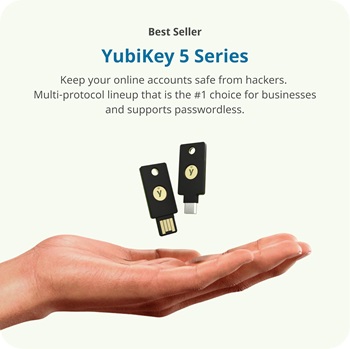



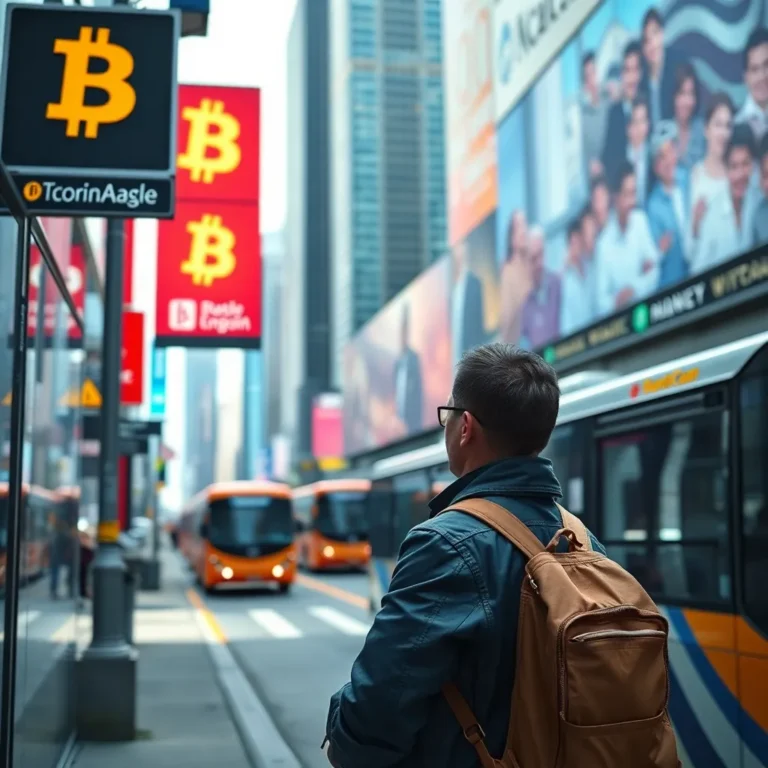



One Comment